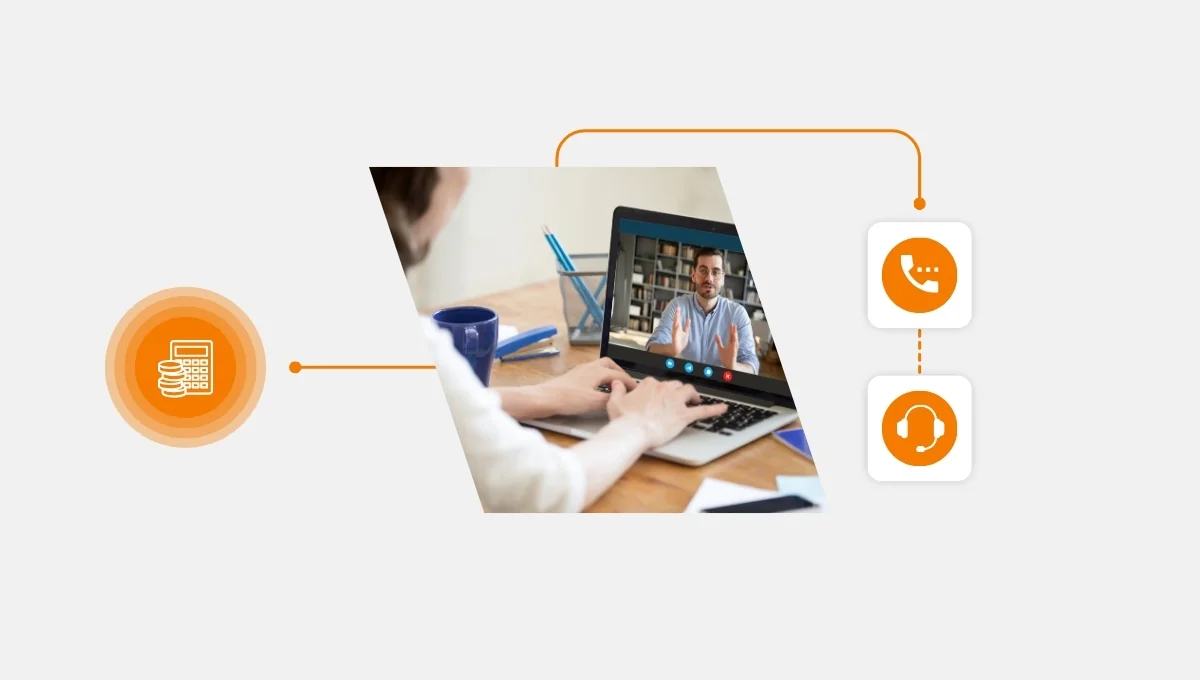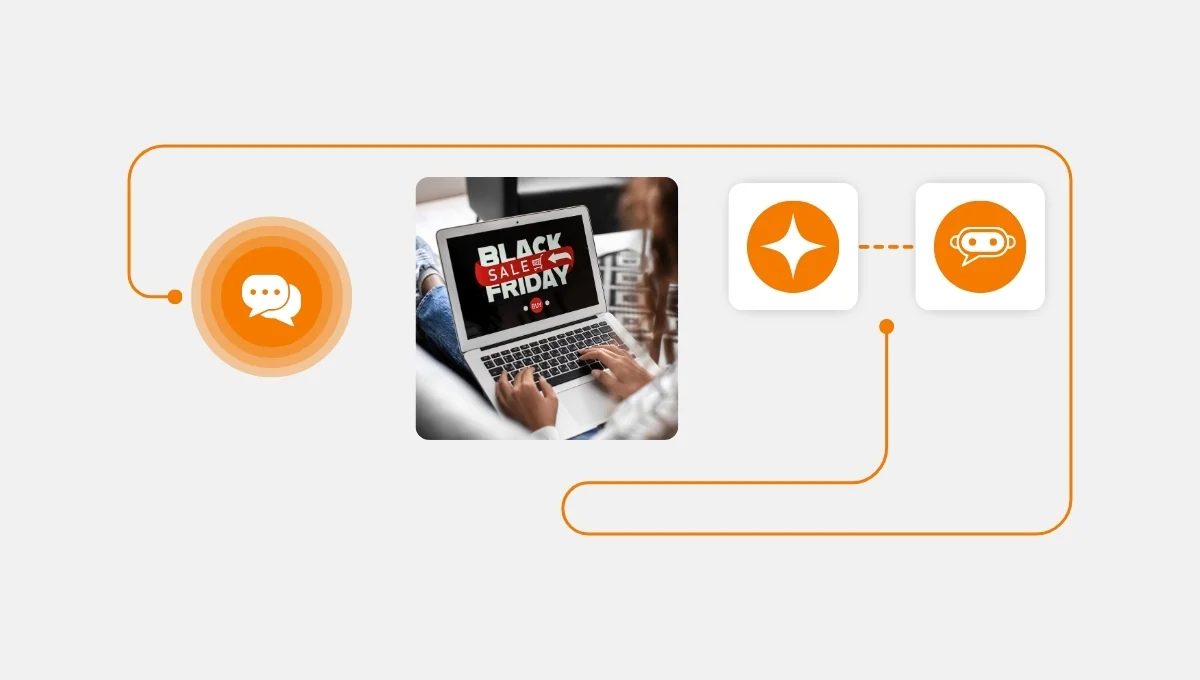Cold calling has tremendous potential for sales:
- 82% of buyers accept meetings from salespeople who reach out proactively, BUT! only if the rep adds value from the first moment (Rain Group).
Despite endless chatter about its death, cold calling mistakes cost teams serious conversions.
However, these common sales mistakes aren’t hard to fix. You need to take:
- Awareness,
- Discipline, and
- The right support.
Let’s dig into seven cold call tips that’ll help your agents skip the awkward intros and start converting like pros.
1. Winging It Without Research
Calling a prospect without doing your homework is like walking into a meeting blindfolded. Reps often jump on calls armed with only a name and number without:
- No context,
- No industry insight,
- No idea who they’re talking to.
It signals a lack of respect for the prospect’s time. Before dialing, reps should know at least 3 main things:
- Checking company news, size, and tech stack gives reps context on what the business cares about, its growth stage, and the tools it may already use, so they can frame their offer as a fit, not a pitch.
- Reviewing the contact’s role via LinkedIn ensures the rep understands their responsibilities and decision-making power.
- Understanding industry pain points helps the rep speak to real challenges the prospect is likely facing, making the call more relevant and consultative.
In short: It makes the conversation less “cold” and more meaningful.
2. Talking Too Much, Listening Too Little
If your reps talk for more than 70% of a call, that’s not a pitch, it’s a monologue. Prospects tune out fast when they’re not engaged, and worse, you lose critical intel by not listening.
Successful cold calls are driven by curiosity, not a script dump.
Bot, to have a successful call your reps have to be trained to:
If a prospect says: “We’re already working with another vendor,”
A skilled rep might respond: “Sounds like you’ve got something in place. How’s that been working for your team?”
- Mirror back what they hear to show they understand
For instance like saying: “So if I heard you right, you’re mainly focused on reducing churn this quarter?”
It’s important because it builds trust and encourages prospects to share more details that can move the call forward.
- Keep answers concise and purposeful
If a prospect asks: “What does your software do?”
A good reply is: “It helps teams cut call handling time by 30% through automation.”
That’s specific, benefit-driven, and avoids jargon. Clarity beats verbosity every time. Listening is a tactical edge in how to cold call prospects effectively.
3. Ignoring or Mishandling Objections
Objections are the main reality of cold calling. But too many reps freeze, deflect, or bulldoze over pushback, missing the chance to deepen the conversation.
Worse yet, some skip objection handling altogether, hoping the prospect won’t notice. (They will.)
Instead, reps should:
- Get ready for common objections and prepare calm, informed responses
- Acknowledge the concern before responding
- Redirect to value with confidence, not pressure
Great objection handling is a masterclass in outbound call error avoidance.

4. Over-Scripting the Conversation
Scripts can help new reps, but robotic delivery kills trust.
If your team sounds like a teleprompter, you’ve already lost. Prospects want to talk to humans, not voice actors reciting value props.
Instead of rigid scripts, give agents:
- Conversational frameworks and key value points
- Freedom to adapt based on the prospect’s tone and interest
- Access to dynamic call scripting tools that personalize on the fly
Being prepared is good. Sounding like Siri? Not so much.
5. Not Tracking Performance Data
If you’re not measuring what works, you’re guessing.
Many teams run cold calling campaigns without structured feedback loops or analytics. That means they keep making the same mistakes without even knowing it.
Leverage:
- Real-time dashboards for agent performance tracking
- Call outcome tagging to spot trends
- Weekly reviews to refine scripts and strategy
Feedback turns guesses into cold-calling best practices that evolve.

6. Failing to Follow Up (Or Following Up Poorly)
A single cold call rarely seals the deal. Yet, a surprising number of reps never follow up or worse, send vague “just checking in” emails that add no value. That’s not a call follow-up strategy; it’s a missed opportunity.
Instead, reps should:
- Schedule timely, relevant follow-ups within 48 hours
- Reference the previous conversation with specificity
- Offer something helpful: a resource, a case study, or a new insight
Effective follow-up is where many good conversations turn into great conversions.
7. Neglecting Training and Tools
Even top reps can’t succeed without the right tools and training. Yet companies often underinvest in contact center sales training, leaving reps to figure it out on their own. Combine that with clunky software and it’s no wonder calls go nowhere.
Invest in:
- Ongoing sales coaching and peer reviews
- Easy-to-use call center cold calling platforms
- Smart tech like Call Center Studio’s outbound features to automate workflows
You wouldn’t send a pilot up without instruments. Don’t do that to your sales team either.
Let’s Wrap it
If you do it right, cold calling still works.
We break down the top 7 cold calling mistakes that hurt conversion rates and credibility, from poor prep and over-talking to weak objection handling and lack of follow-up.
With practical cold call tips, strategies, and Call Center Studio Features you can turn cold calls into real sales conversations that win meetings and build trust.





